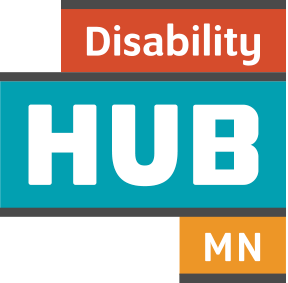Has the youth been given opportunities to gain leadership skills?
Leadership isn't about a title or authority. It's about leading from where you are. Encourage youth to take leadership roles and learn leadership skills.
Youth in Transition Toolkit:
Has the youth been given opportunities to gain leadership skills?
Leadership isn't about a title or authority. It's about leading from where you are. Encourage youth to take leadership roles and learn leadership skills.

The Youth Leadership Toolkit (PDF) provides the fundamentals of meaningful youth engagement strategies. Created by the National Resource Center for Youth Development (NRCYD) in collaboration with FosterClub, the toolkit stems from the belief that youth should be involved in the design and implementation of programs, policies and practices that impact their lives. This toolkit was created for youth in out of home placements, former foster youth, and other youth in at-risk situations. However, most of the included topics are applicable to all students.
Inclusive youth leadership occurs when students with and without intellectual disabilities work together to lead and plan advocacy, awareness, and other inclusive activities throughout the school year.
Developed by Special Olympics Project UNIFY, Inclusive Youth Leadership Guidelines (PDF) is a guide that will help school staff achieve authentic inclusion within schools. It provides school staff with tools to help create the conditions necessary for youth to understand how to effectively lead and acquire the skills required for leadership.
The guide contains information about:

Inclusive youth leadership occurs when students with and without intellectual disabilities work together to lead and plan advocacy, awareness, and other inclusive activities throughout the school year. Special Olympics has gathered resources to assist individuals who are beginning to implement inclusive youth leadership at their school (see the LEARN section above), and resources for more advanced leadership opportunities such as Youth Summits, Youth Leadership Experiences, and Inclusive Youth Leader Training.
Career and Technical Student Organizations (CTSOs) involve over 20,000 Minnesota students annually as members. These organizations engage community and local businesses to help students understand career pathways while bringing relevance to the classroom that prepares students to be career and college ready. Student organizations also provide industry-based competitive events and leadership experiences at school, state and national levels. In addition, embedded student leadership development and career preparation experiences offer opportunities for students to develop 21st century skills that are focused on creativity, problem-solving, teamwork and goal setting.
CTSO available to Minnesota students, include:
At the Hub, there’s no such thing as a wrong question. We're here to help. Contact us Monday to Friday, 8:30 am to 5 pm.
